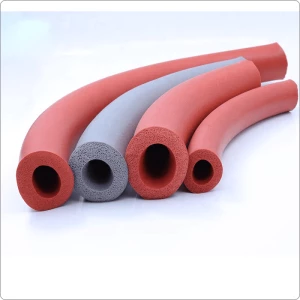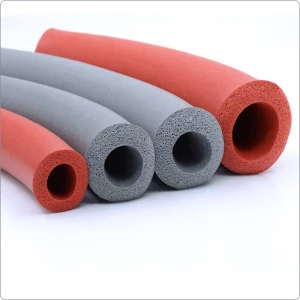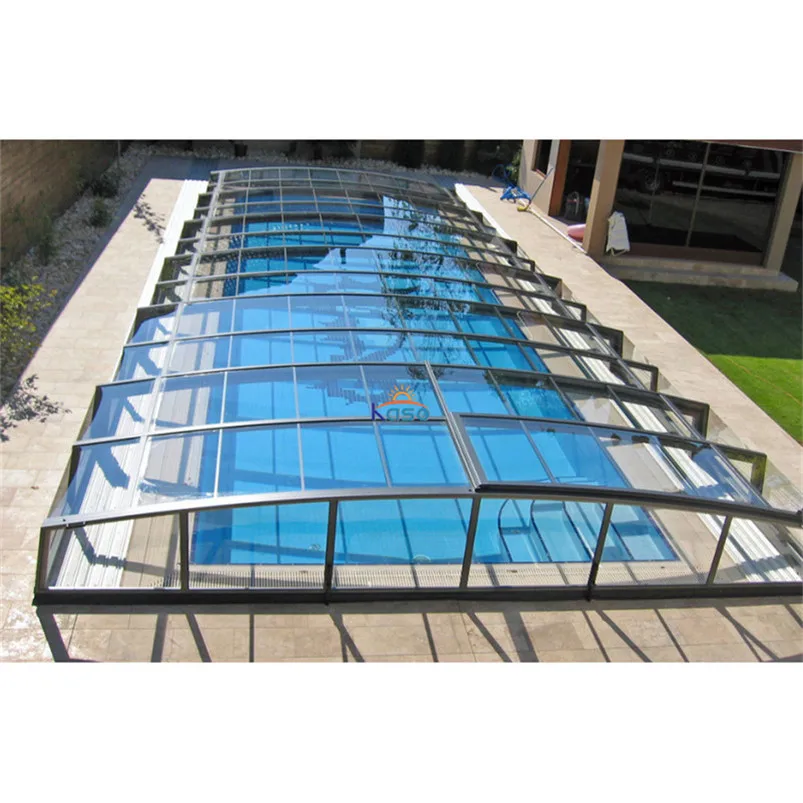EPDM Rubber: Sourcing, Types, and Applications for Buyers
EPDM (Ethylene Propylene Diene Monomer) is a versatile synthetic rubber widely used in automotive, construction, and industrial applications. Its excellent weather resistance, durability, and flexibility make it a preferred material for seals, gaskets, roofing membranes, and more. This article provides practical insights for buyers looking to source high-quality EPDM from reliable suppliers.
How to Find Reliable EPDM from China in 2025
China remains a leading producer of EPDM, offering competitive pricing and diverse formulations. To find trustworthy suppliers:
- Verify certifications: Look for ISO 9001, REACH, or RoHS compliance.
- Check production capacity: Ensure the supplier can meet your volume needs.
- Request samples: Test material properties before bulk orders.
- Read reviews: Platforms like Alibaba provide buyer feedback on manufacturers.
What Buyers Should Know Before Buying EPDM from China
Key considerations include:
- Mooney viscosity: Affects processing ease (typically 40-80 for most applications).
- Diene content: Higher diene improves crosslinking but may reduce weather resistance.
- Lead times: Factor in 30-60 days for production and shipping.
- Customization: Many Chinese suppliers offer compound tailoring for specific needs.
Types of EPDM
Three primary classifications exist:
- Sulfur-cured: Most common, excellent for general-purpose applications
- Peroxide-cured: Superior heat resistance (up to 150°C continuous)
- Oil-extended: Contains process oils for improved workability
Functions and features of EPDM
Key advantages include:
- Temperature range: -50°C to +150°C
- Excellent ozone and UV resistance
- Low compression set (typically <25%)
- Good electrical insulation properties
- Resistant to polar fluids and mild chemicals
Scenarios of EPDM
Common applications:
| Industry | Application |
|---|---|
| Automotive | Weatherstripping, hoses, seals |
| Construction | Roofing membranes, expansion joints |
| Industrial | Gaskets, conveyor belts, vibration dampers |
| Consumer | Appliance seals, sporting goods |
How to Choose EPDM
Selection factors:
- Identify environmental exposure (UV, chemicals, temperature)
- Determine mechanical requirements (tensile strength, elongation)
- Consider processing method (extrusion, molding, calendaring)
- Evaluate cost vs. performance needs
EPDM Q & A
Q: How does EPDM compare to natural rubber?
A: EPDM offers better weather resistance but lower tensile strength than natural rubber.
Q: What's the typical lifespan of EPDM roofing?
A: Properly installed EPDM roofs last 30-50 years, outperforming most alternatives.
Q: Can EPDM withstand fuel exposure?
A: No, it swells in petroleum-based fluids. Use FKM for fuel resistance.
Q: What colors does EPDM come in?
A: Black is standard, but custom colors (white, gray) are available with additives.
Q: How do I test EPDM quality?
A: Request ASTM D2000 test reports for key properties like hardness and elongation.




















-804.png_300x300.webp)













































